SELECTED EXHIBITIONS
Developed during Bekaia’s residency at PAiR (artist residency program supported by VV foundation) in Pavilosta, Latvia, JĀŅI / The Longest Day is a site-specific performance and installation that is both an homage and a reimagining of Latvia’s Solstice Day traditions, born out of the artist’s impulse to listen to the place. In the project, the longest day becomes a tribute to the cycles of nature, to what is remembered and what endures. The work speaks in the language of fire and flora, voice and gesture — echoing the rituals of the past while folding in stories born of internal metamorphosis.
The group exhibition THE GARDENS explores the interaction between the physical garden and the digital garden, both representing man-made artificial nature. The garden symbolises an ideal world where humans and nature coexist in perfect harmony. It is not merely a physical space but also a conceptual realm where our hopes and dreams are projected. In their diversity, gardens embody human ideals and reflect an ever-evolving relationship with nature. Whether physical or digital, these cultivated spaces reflect the delicate balance between control and chaos. Via THE GARDENS exhibition, we aim to uncover the kinds of gardens we are cultivating today. Are they perhaps digital gardens created by codes and algorithms?

Performance “The Mother Fire” by Uta Bekaia and Mikheil Abramishvili, which took place in July 2024 at Oude Kerk, acted as a preview of Uta Bekaia’s exhibition project, scheduled to take place in Amsterdam in 2025. This performance provided a glimpse of a realm where utopia meets ancient traditions and baroque music is reimagined through a futuristic lens. Mikheil Abramishvili, a countertenor from Tbilisi, Georgia, performed six selected baroque arias, adorned in a wearable sculpture created by Uta Bekaia.
The exhibition Hypnosis (and other states) spans works by Tony Oursler from the last 25 years. The central theme of the exhibition is rethinking the representation of hypnosis in art - via engaging with technology and media, via daydreaming, via revisiting the research of sleep and hypnosis by I.Pavlov, whose practice was closely related to St.Petersburg. This theme echoes both in Oursler’s older and newer works, creating a thread-like trail throughout the whole exhibition. Through multiple projections, Tony Oursler creates a mesmerising and enveloping environment, featuring close-ups of human eyes, images from pop culture and video collages, which all have a hypnotising effect on the individual.

RATAN 21.33 is a curatorial concept, addressing the theme of life and afterlife of the world's largest radio telescope, RATAN-600, located on the territory of the Special Astrophysical Observatory of the Russian Academy of Science in the village of Nizhniy Arkhyz, Karachay-Cherkess Republic. Co-curator: Nicolay Boyadjiev. Researchers: Evgeniya Berchul, Julia Beslemennova, Stuart Turner, Iani Zeigerman.

The central theme of the exhibition In the landscape’s shadow by Vladimir Chernyshev and Ustina Yakovleva is rethinking of the cultural landscape and the decentralisation of artistic practices at a time when the world had to slow down and the regular course of life was disrupted. The standstill has inspired us to have a thorough look at manual and labour-intensive techniques in the field of contemporary art and to look for inner inspiration within ourselves.

Extension.nl. Model for Consensus reflects the scattered worldview and our intention to bring together the multitude of voices of Dutch artists. Talking about consensus is a national Dutch phenomenon, which is a perfect starting point for bringing these ten transmitters, ten artists representing contemporary Dutch art scene, together. The more creative the artists are — the more self-valorizing — the more surplus of knowledge this multitude of voices can bring to the community at large.
Extension.nl. Model for Consensus exhibition presents ten contemporary Dutch artists, who work in different media, from painting and video to objects and installations: Frank Ammerlaan, Niek Hendrix, Saskia Noor van Imhoff, Gabriel Lester, Navid Nuur, Wouter Paijmans, Maaike Schoorel, Sarah van Sonsbeeck, Jennifer Tee, Guido van der Werve. Co-curator: Gijs Stork.
Extension.ge displays an overview of Georgian contemporary art by presenting artists with diverse background. All exhibition artists belong to the generation which is part of the new dynamic scene that looks beyond the geography of their national borders. Without ignoring their cultural identity and possessing particular experience of contemporary reality, these artists make a claim to international presence and benefit from their openness and desire for exchange.
The exhibition Fractals by the Vienna-based new media artist Ozan Turkkan is the result of years of research in the field of fractal geometry, which guided the viewers into viewing the world through the orderliness of recognisable images. Fractal is one of the most difficult terms in geometry to define. In simple words, it is a geometric figure that repeats the same pattern over and over again. This means that as you get closer to an object, you begin to see endless repetitions of it. Although this seems conceptually difficult, it is a pattern we encounter every day. Our world demonstrates exceptional mathematical order.

SOCII is based on an exploration in practice of interior (intimate) and exterior (public) expression. The event consisted of a series of participatory installations produced by invited artists, and open for public intervention, manipulation, and inhabitation. The event took place at Dropcity, Milan, during the Salone del Mobile 2023. Curatorial team: Francesca Crotti, Thomas Ibrahim. Artists: Ulla Alla, Nikoloz Gabiskiria, Luka Abashidze, Kirill Stogni.

In the new project isn't white that which does away with darkness? artist Anna Pavlova addresses the themes of aestheticization and museification of the everyday life. The quote in the title belongs to the philosopher L. Wittgenstein and appears in the book by the British director and artist Derek Jarman “Chroma: A Book of Color”.

First Person presented artworks by eight artists, born in the last decade of the Soviet Union and grown up in post-soviet space. Their practice consists of different media, from video-art to installation, performance and post-internet art. The exhibition took place on three locations in Amsterdam: a gallery space in the center, close to central station; an old factory hall in the North of the city; in public space, on the ferry connecting the two parts of the city and the exhibition. Co-curator: Robbie Schweiger. Artists: Hanna Zubkova, Anastasia Potemkina, Alexey Buldakov, Andrey Shental, Protey Temen, Sara Culman, Alexei Taruts, Kirill Savchenkov.

In the photographic installation made specifically for the Face to Face exhibition photographer and film director Menno Otten showed a collection of more than thirty portraits he shot over six years at the same tram stop in Amsterdam. He captured people, strangers, sitting behind the same window of the trams coming and going.

Kaleidoscope is an exhibition by the artist and sculptor Sasha Frolova, known for her unusual latex objects and performances. Her works immerse the viewer into the world of fantasy, fairy tales, poetry and emotions. Scenario of the exhibition guides the viewer through the multifaceted spectrum of colour refraction, endless worlds of visual and emotional experiences. Artworks split up and multiply in mirror surfaces, in video sequence, in AR and iridescent lenticulars. Video-installation Kaleidoscope and sculpture, places in the central hall, ties all these worlds together into one.
